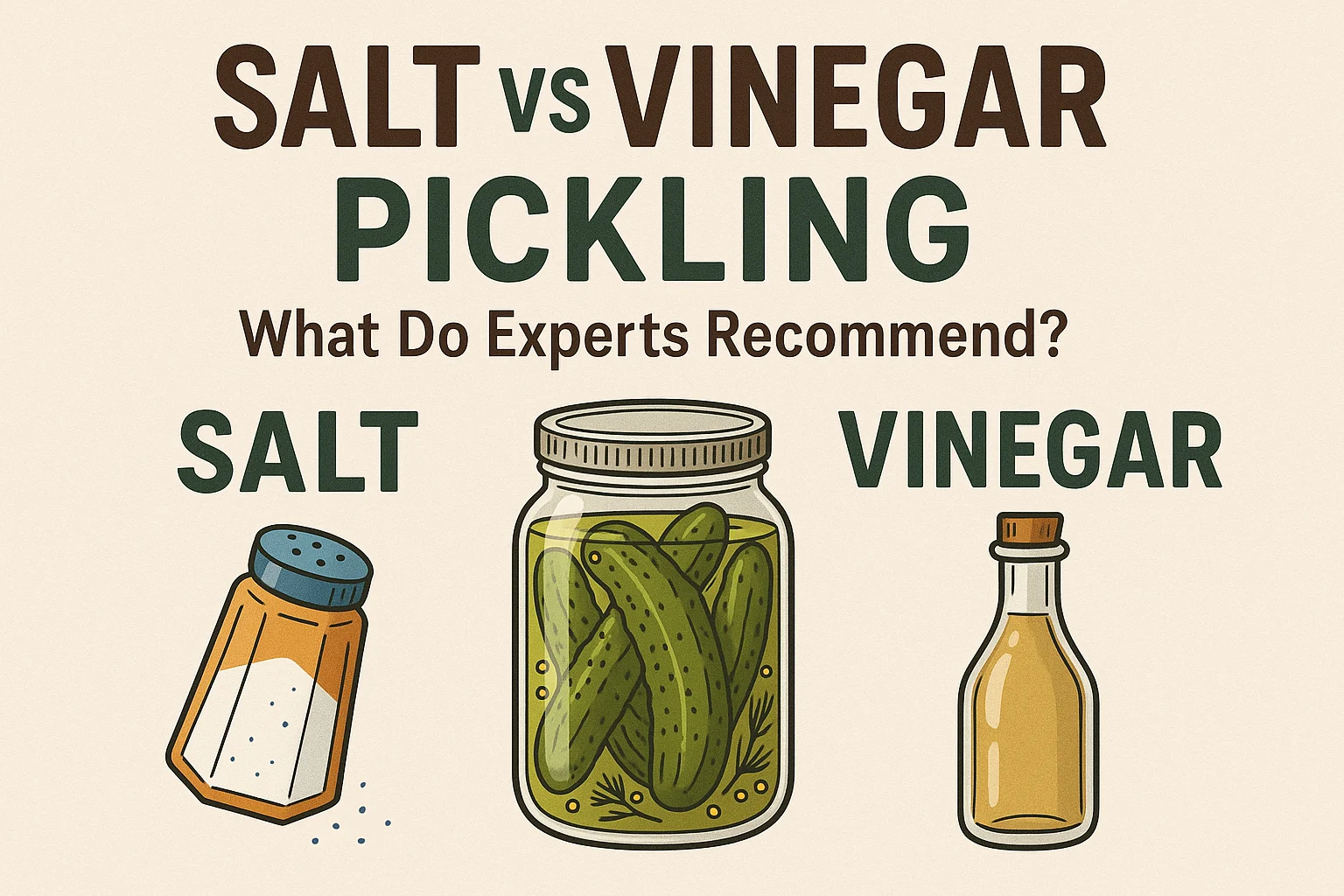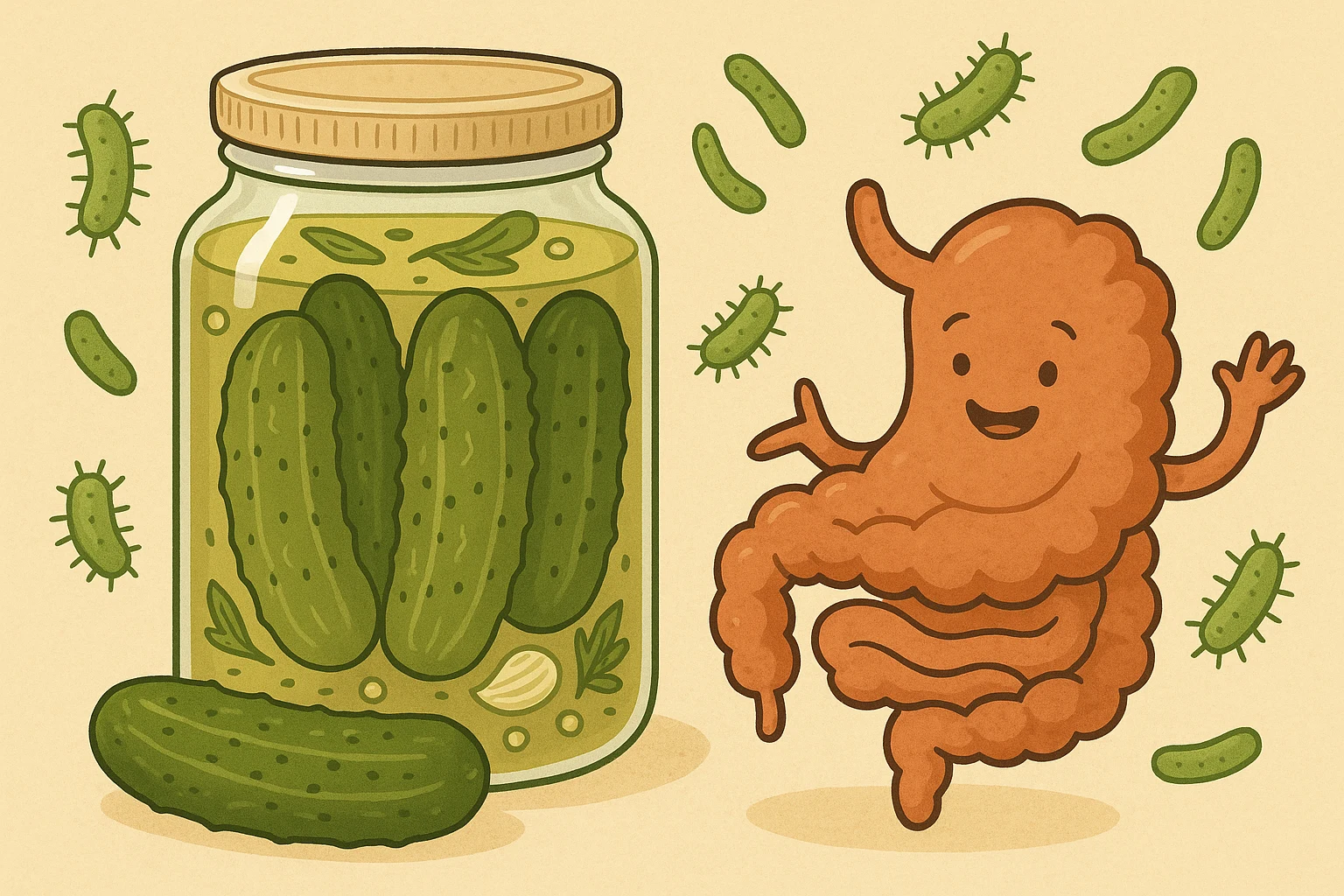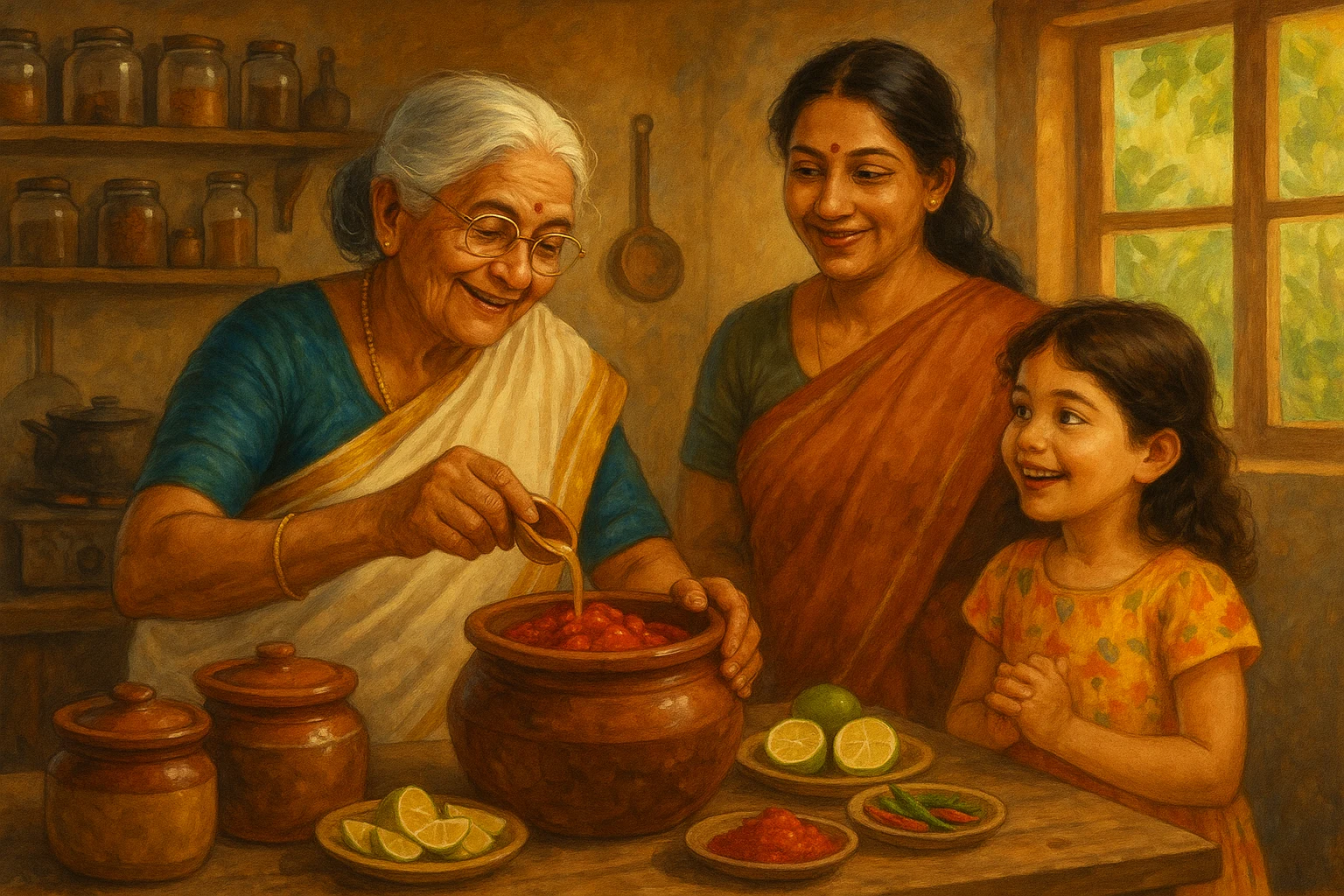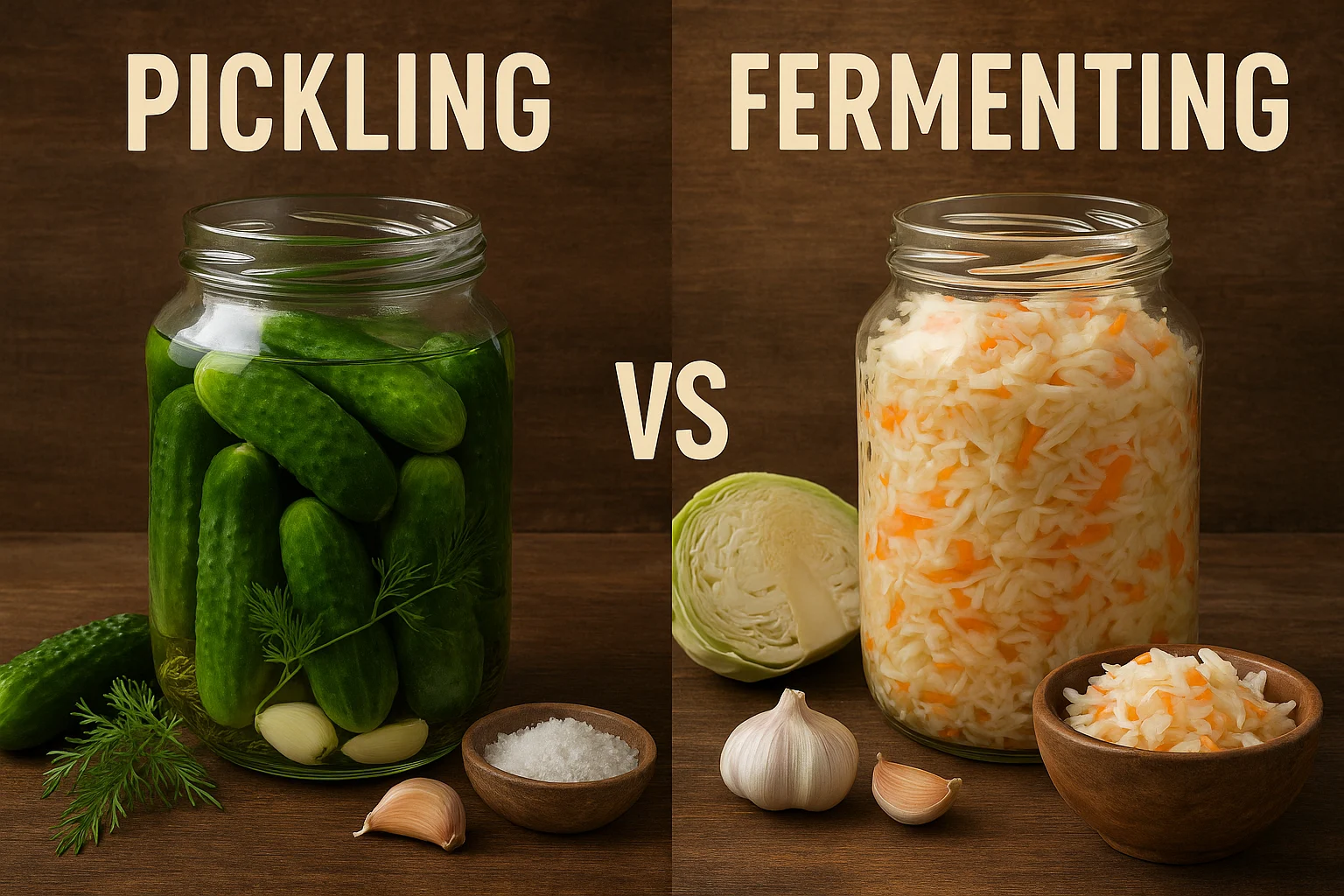From Ancient Shores to Modern Plates: The Enduring History of Seafood Pickling in India
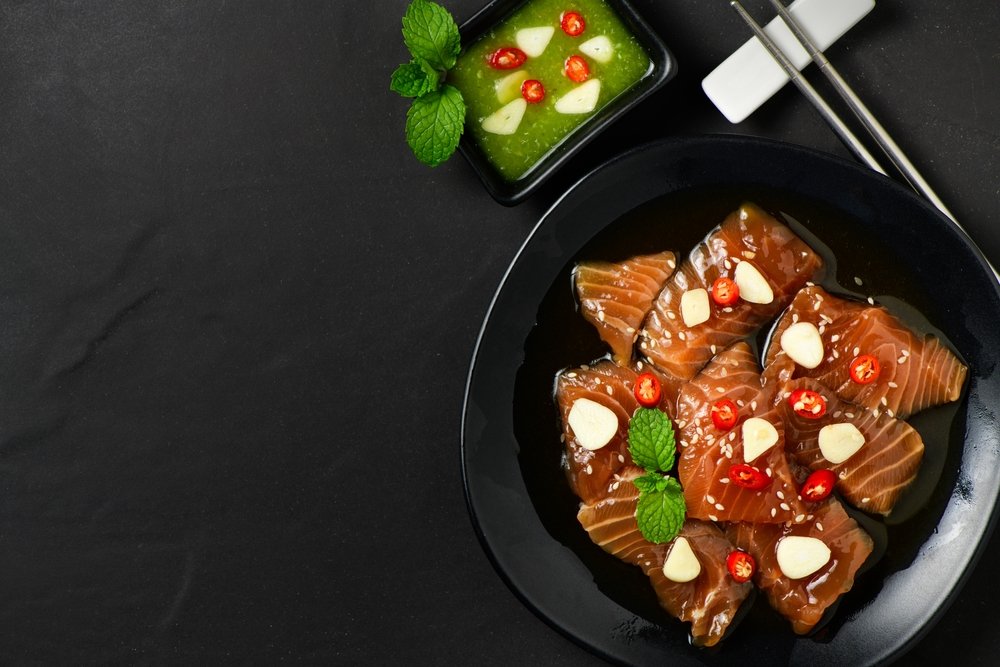
Pickling is one of those timeless kitchen arts that almost every culture has embraced to food preservation before refrigerators existed. It is a simple yet magical way to keep ingredients fresh and pack them with bold flavours. In Indian cuisine, the history of pickling goes way beyond just fruits and vegetables, our country’s diverse culinary landscape is filled with vibrant, spicy pickles (achar) that accompany meals across regions. What many may not realize is that along India’s long coastline, the same pickling art has been applied to seafood for centuries—turning fresh catches into deliciously tangy, spicy treasures that are very much part of India’s rich culinary traditions.
Tracing the Roots – Pickling Through the Ages
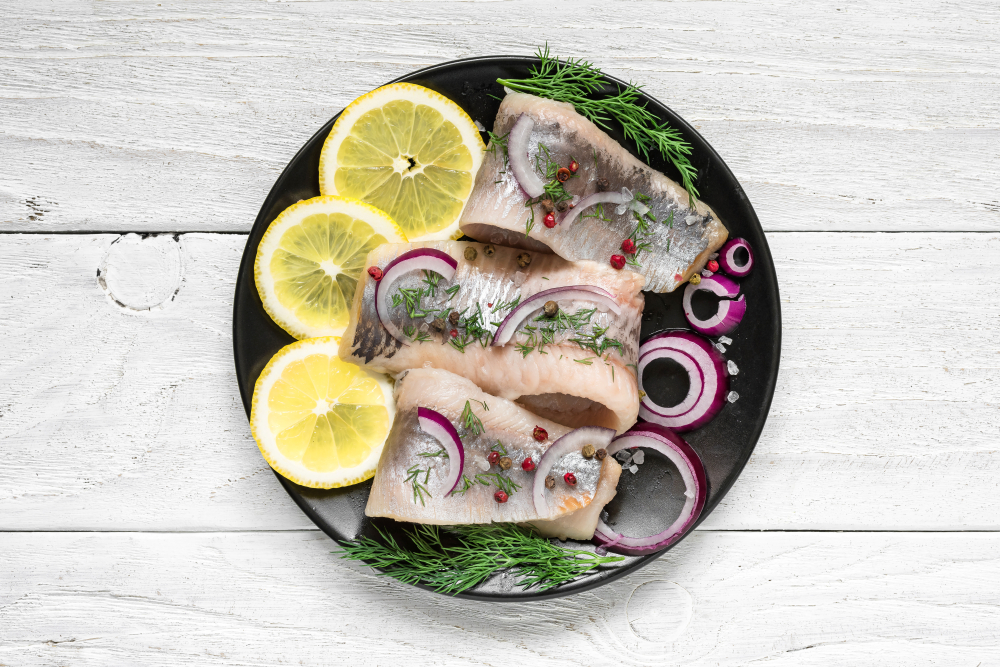
Ancient pickling history begins thousands of years ago and the earliest records come from Mesopotamia, where people discovered that immersing food in salty brine or vinegar could preserve it for months. This technique spread like wildfire along ancient trade routes, reaching civilizations like Egypt, Greece, and the Roman Empire. These cultures developed their own twists—adding spices, experimenting with fermentation, and adapting pickling methods to local tastes.
India connected through these ancient spice and trade networks, naturally absorbed and adapted pickling techniques. Interestingly, India was one of the early homes to pickled cucumbers, showing how integrated this art is within the country’s ancient food preservation practices. This long history is a testament to the importance of pickling in shaping not just food habits, but also the broader Indian food heritage.
India’s Achar Heritage – More Than Just Fruits and Vegetables
When most people think of Indian pickles, they picture spicy mango or tangy lemon achar. However, in the coastal parts of India, there is a fascinating tradition of pickling seafood too. In South India, for instance, fiery fish pickles have been a beloved specialty for generations. These south Indian fish pickle use bold ingredients like pungent mustard oil, vibrant spices, and plenty of chili. The mix is often left to mature under the sun, intensifying the flavours while naturally preserving the seafood.
This is a beautiful example of how Indian pickles (achar) are much more than just preserved fruits and vegetables—they reflect regional ingredients, climate, and culture. The use of sun drying, salt, and robust spices to make seafood achar is an age-old practice, demonstrating the rich variety of coastal Indian cuisine and the traditional Indian methods helps to preserve fresh fish for long time.
The Evolution of Seafood Pickling in India: From Home Kitchens to Wider Appeal
Traditionally, seafood pickling was a labor of love passed down within coastal families. Using freshly caught fish, each household had its own secret blend of spices and a careful method to make sure the pickle matured just right. These traditional Indian methods created unique flavours that told stories of place and people.
Today, the world of modern pickling India is changing. Thanks to modern packaging and food safety standards, these pickles are reaching far beyond the home kitchen. Yet, while mass production makes pickles more accessible, there is also a rising appreciation for artisanal Indian pickles, small-batch pickles made with high-quality ingredients. This balance between tradition and innovation captures the ongoing evolution of pickles in India—preserving authentic taste while appealing to modern palates and global markets.
Vebka Foods and the Future of Indian Seafood Pickles
This rich history and tradition live on through brands like Vebka Foods. We are not just making seafood pickles, we are honouring centuries of Indian pickling heritage. Vebka food seafood pickles uses premium ingredients and follows traditional Indian flavours to keep the authentic taste alive while ensuring the product meets today’s quality and hygiene standards.
What is exciting about Vebka is how we combine this deep respect for tradition with a modern approach. Our products offer the best of both worlds: the rich, complex flavours of classic seafood achar with the convenience and safety today’s consumers expect. Vebka Foods truly embodies the spirit of culinary innovation, making it easier for more people to enjoy the vibrant world of Indian seafood pickles.
Conclusion: An Enduring Flavour Journey
Pickled seafood in India is not only about conservation—it also explores history, culture and flavour. The seafood-pickling legacy started from ancient times and the journey continues in India today this tradition remains a vital part of India’s diverse culinary heritage, especially in the coastal south. People continue to appreciate the tangy and spicy flavours of seafood achar, which stays beloved by many food lovers.
Because part of world food culture is reawakening, Vebka Foods is honoured to preserve these precious flavours for all to discover. The flavours add up in a way that stays with you for many days after the first helping.

